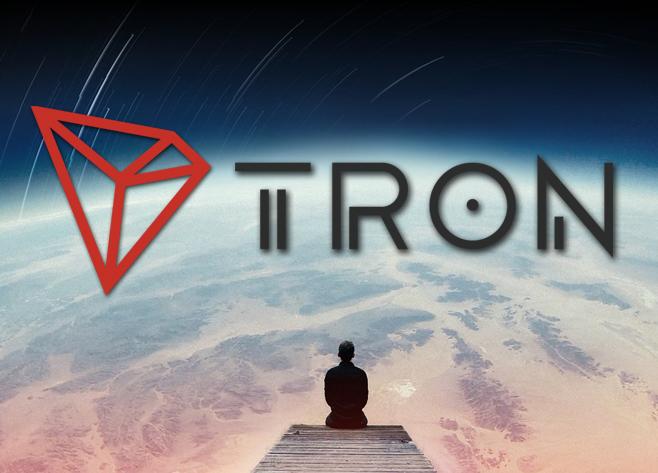Ethereum Upgrade 3 to 5 years away?
The ultimate Upgrade of Ethereum, Eth 2.0, is probably still three to five years of implementation.
To overthrow rather than a total Upgrade, the developer of the Open-Source Blockchain-platform on a series of short-term corrections in order to improve the health and durability of the network, a new Blog Post on Ethereum.org.
Griffin Ichiba Hotchkiss takes (freely translated):
Since it could take many years, until a complete ‘Ethereum 2.0’-the Rollout can be carried out, would have to be changed to the current chain, in order to ensure that major problems that would make Ethereum unable to function, occur before a comprehensive Protocol Upgrade.
Therefore, Ethereum 1 was ‘.x‘ – the exploration of smaller, incremental Upgrades to the current Ethereum (1.0) – with the task of born to extend the life of the chain by at least another 3-5 years, before the drama arrives more Upgrade to Serenity (Eth 2.0).
According to Hotchkiss Ethereum with the problems in the block chain, saving face, the smaller hobbyists, researchers, and developers could displace by the participate in the Blockchain, as well as with problems with the block size and Transaction throughput, are likely to be overtaken by the future growth of the platform.
The biggest potential Problem that Ethereum faces, however, is the “state” of growth.
Ethereum is a state machine, with each Block a step forward. The complete ‘state’ of Ethereum includes any time the collective memories of all the smart contracts that are used in the EVM and run, as well as the current Status of all accounts and balances.
Ethereum’s state weighs currently 10 GB, but it is expected that it grows proportionally with the total transaction volume in the network. If Ethereum can reach more users, it could cause this condition’s growth to a slower transaction processing and block verification.
The state-induced performance deterioration is of great concern. Ethereum is a Peer-to-Peer network, which means that subtle Changes of values can have impact on the condition of the network. In addition, the storage and modification of conditions, one of the most difficult things to implement for the developer teams of the customers. Writing and maintaining Clients is already difficult enough, and the growth of the Status contributes to this burden. If the condition grows, will decrease the diversity and the performance of the Clients, which is bad for everyone.
A possible way forward for Ethereum is the use of “state-driven Clients,” what is currently being researched by the developers of the platform.
In short, a stateless Client uses a block of witnesses, proving the validity of a particular change of state to the previous state. That is, instead of calculating the complete state with each new Block, calculate the Clients the changes of state for a new Block, and then to prove that these Changes with the previous Block are consistent.
Featured Image: Wit Olszweski | Shutterstock










